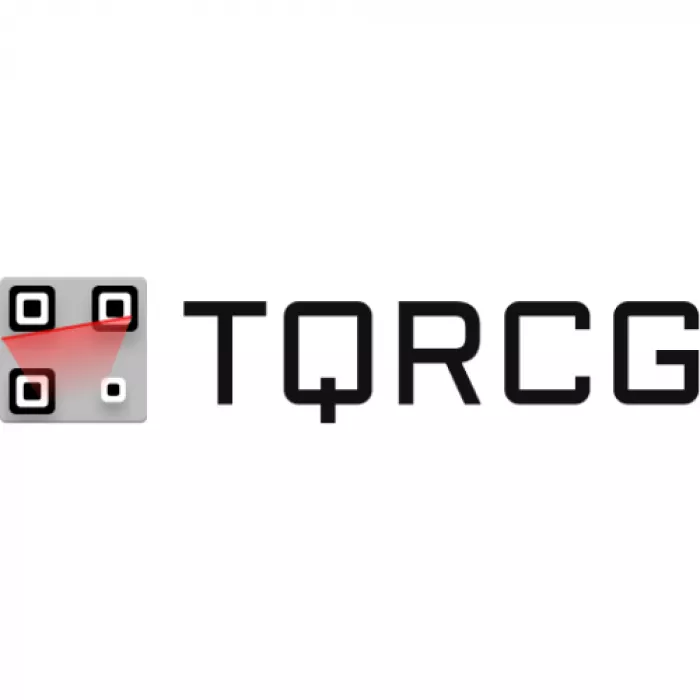
QR codes are a simple yet powerful way to connect physical objects to digital destinations. From business cards to product labels, they bridge the gap seamlessly. While searching for a reliable tool to create some codes for my website, softwarecurio.com, I came across The QR Code Generator (TQRCG). What caught my attention was its free plan, which includes two dynamic QR codes—a feature often locked behind a paywall.
In this post, I'll provide a straightforward walkthrough of how the tool works, share my findings, and outline its features to help you decide if it's the right choice for your needs.
My Experience Using The Platform
The process began on The QR Code Generator's homepage. The layout is clean and guides you directly into the creation process.
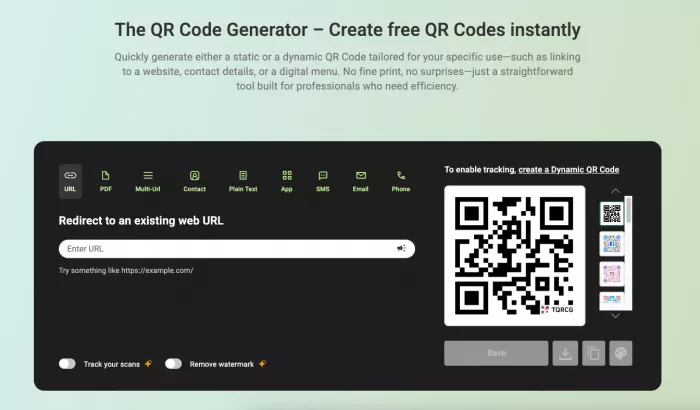
The first step is to choose the type of content you want your QR code to link to. The options go beyond just websites, including digital business cards (vCard), PDFs, app downloads, and links to social media profiles.

For this example, I focused on creating a code for my website. I selected the 'Website' option and entered the URL: https://softwarecurio.com.
The Benefit of Dynamic QR Codes
One of the most important options to consider is the dynamic QR code feature. Unlike a static code where the data is fixed, a dynamic code uses a short redirect link. This has two main benefits:
The QR code pattern itself is simpler and less dense, which can improve scannability, especially if your destination URL is long.
You can change the destination URL at any time without needing to generate a new QR code. This is extremely useful for printed materials, as you can update the link on the back end as your campaigns or content changes.
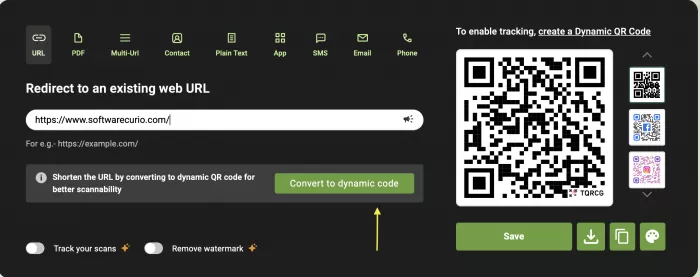
Tracking Scan Performance
To understand how a QR code is performing, you need data. TQRCG includes a feature to "Track your scans," which provides analytics on user engagement.
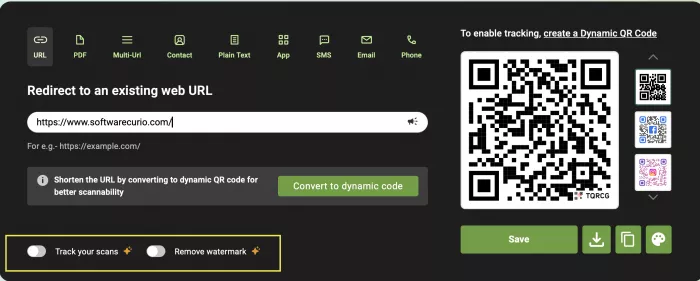
To save your codes and view analytics, a free account registration is required. After signing up, you're directed to a dashboard where your QR codes are stored and managed.
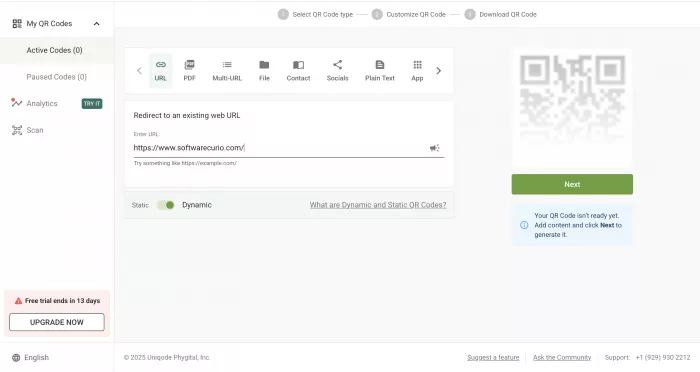
Customization Options
While a standard QR code is functional, a customized one can better align with your branding. The platform offers tools to change the colors, modify the pattern's shape, and embed a logo in the center of the code.
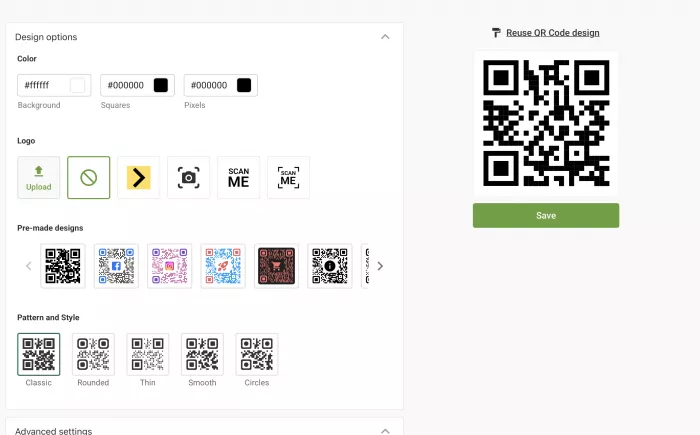
Regarding GPS Tracking
The tool also offers a precise GPS tracking feature. If enabled, it attempts to capture the exact location of each scan. However, this requires the user to grant location permissions on their device when they scan the code.
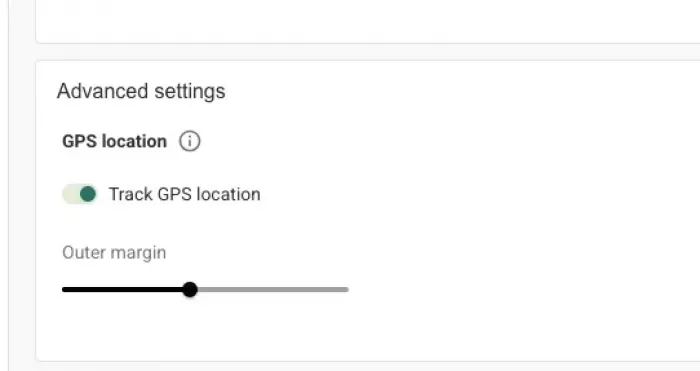
This extra step could potentially reduce scan-through rates due to privacy concerns. I'd suggest using this feature only when exact location data is a critical part of your strategy. The standard analytics already provide city and country-level data, which is often sufficient.
After setting up my code, I saved it. The platform allows you to download it in standard image formats like PNG or vector formats like SVG for high-quality printing.
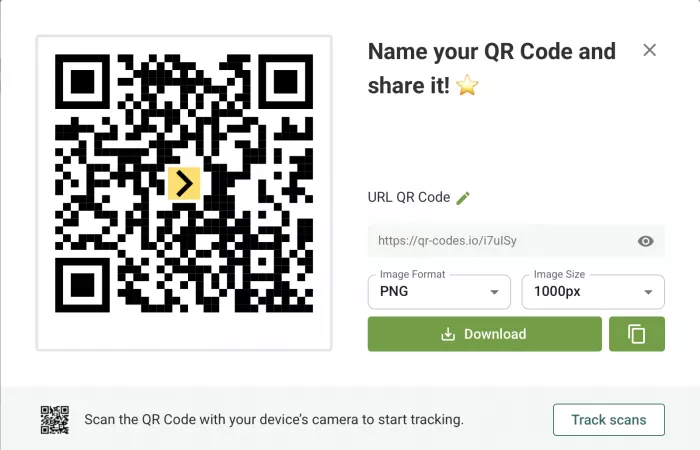
Reviewing the Analytics
I performed a quick test scan on my new QR code, and the data populated in the analytics section right away.
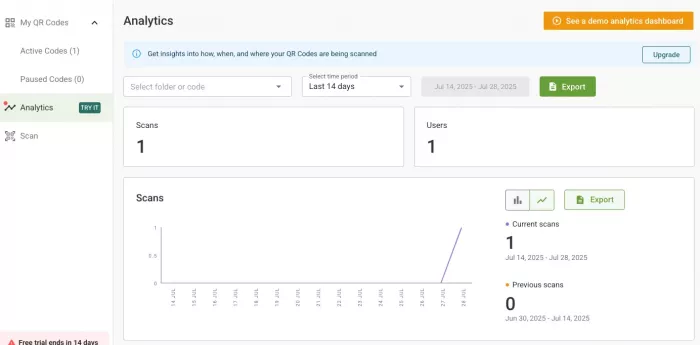
The dashboard shows more than just the scan count. It breaks down the data by location (country and city), the device's operating system, and the time of the scan.
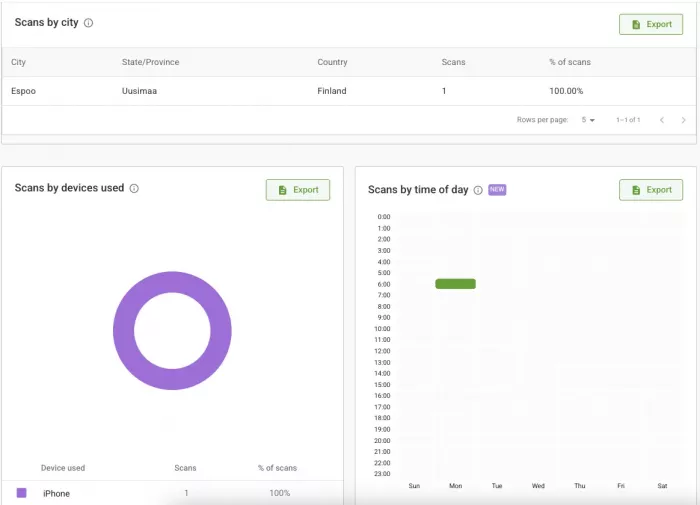
There is also a map visualization that plots the geographic locations of the scans.
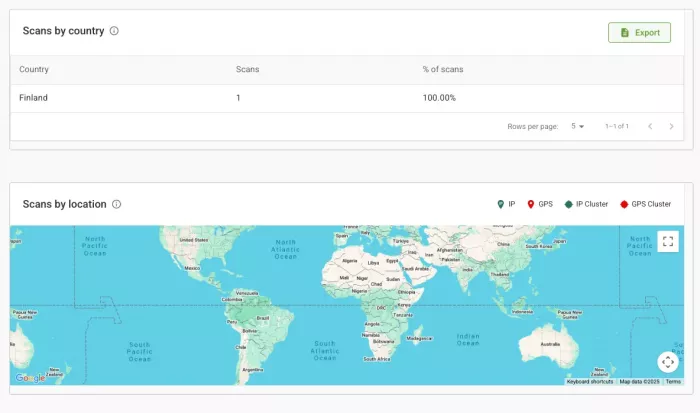
Because I created a dynamic code, I can return to the dashboard at any time to edit the target URL by clicking the menu on the code.
You can explore The QR Code Generator on their website.
Summary of Pros & Cons
Here is a balanced look at what I found.
Pros
- Free Plan Includes Dynamic Codes: The offering of two free dynamic codes is a strong point for users on a budget.
- User-Friendly Interface: The creation process is logical and straightforward, from start to finish.
- Editable Links: Dynamic codes allow for future-proofing your printed materials by letting you change the destination link.
- Built-in Scan Analytics: The free plan provides basic but useful data on scan counts, locations, and devices.
- No Watermarks: The QR codes you download are clean and do not have a company watermark, even on the free plan.
Cons
- Limited Quantity on Free Plan: For more than two dynamic codes, a paid subscription is necessary.
- Advanced Analytics are Paid: More granular data and reporting features are reserved for premium tiers.
- Branding on Free Redirects: Users who scan a free dynamic code will see a TQRCG-branded loading page for a moment before reaching the final destination.
- May Lack Enterprise Features: Larger companies needing collaborative tools, advanced security, or API access might find it limited.
Pricing
For users who need to move beyond the free plan, there are several paid tiers available.
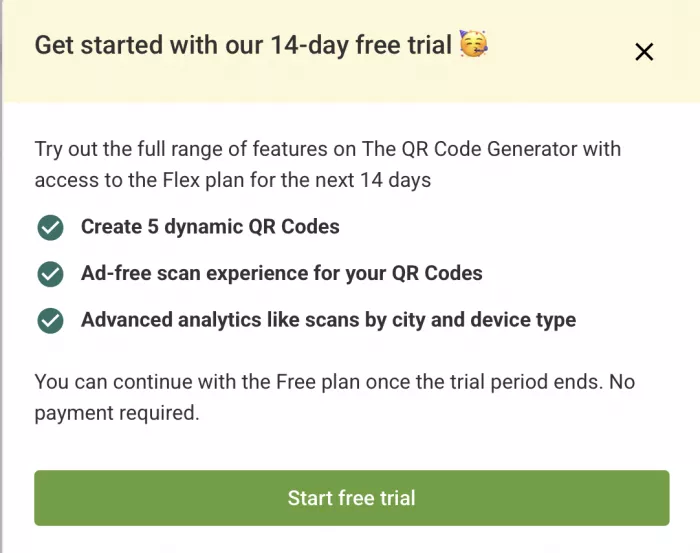
Here is a summary of the annual plans:
Starter: Aimed at individual users with a small number of projects.
Advanced: Geared towards small businesses and marketers.
Professional: Designed for users with higher volume and advanced feature requirements.
Monthly billing is also an option, and paid plans typically offer a free trial period.
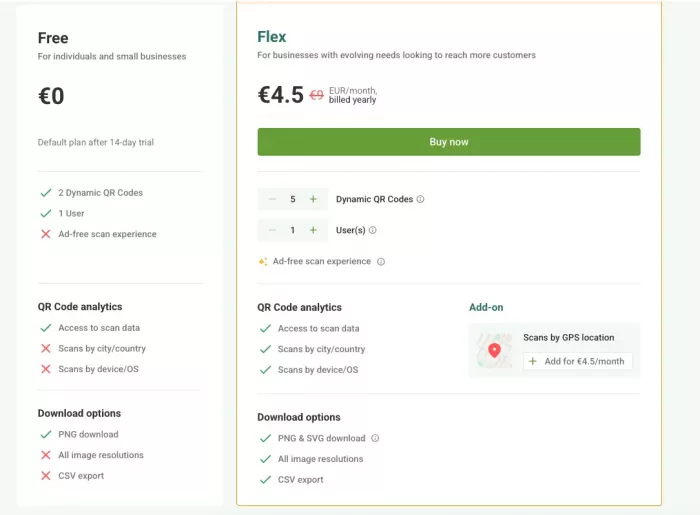
Is TQRCG a Good Fit for You?
Based on its features, TQRCG seems best suited for individuals, bloggers, and small businesses who need a reliable and easy-to-use QR code platform without a significant initial investment. The ability to create, customize, and track dynamic codes for free is its main strength.
The free plan offers a good opportunity to test its capabilities and see if it meets your requirements. If you find yourself needing more codes or deeper analytics, the paid plans offer a clear upgrade path.
For those interested in trying it out, you can find more information on The QR Code Generator's website.


Comments